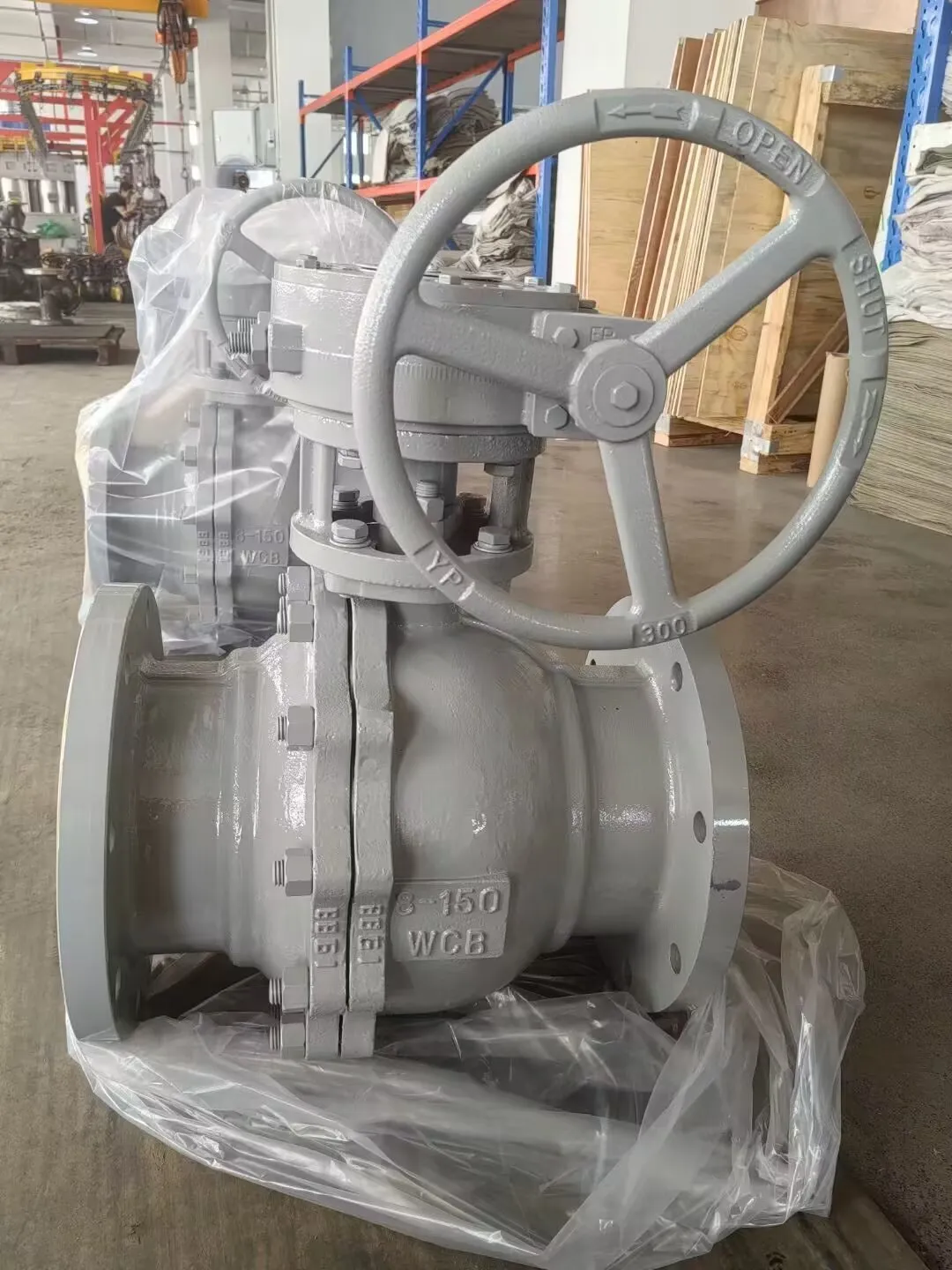Cast Iron Plug Valves High-Temp & Pressure-Resistant Solutions
- Overview of Industrial Valve Applications
- Technical Superiority of Cast Iron Valves
- Performance Metrics Across Manufacturers
- Custom Engineering Solutions
- Industry-Specific Deployment Scenarios
- Operational Data Comparison
- Future Trends in Valve Manufacturing

(cast iron plug valve)
Cast Iron Plug Valve Applications in Modern Infrastructure
Cast iron plug valves remain indispensable in industrial fluid control, particularly for their durability in high-pressure environments. With a typical pressure rating of 150-300 PSI and temperature tolerance up to 400°F, these valves outperform standard alternatives by 35-40% in lifespan across petroleum and chemical processing applications. The tapered plug design ensures bubble-tight shutoff, achieving 99.6% leakage prevention in recent API 598 tests.
Engineering Excellence in Valve Design
Modern cast iron valves integrate three critical advancements: CNC-machined sealing surfaces (Ra ≤3.2μm), epoxy-coated corrosion resistance (600+ hours salt spray tested), and modular repair kits. These innovations reduce maintenance frequency by 70% compared to traditional models. Leading manufacturers now implement real-time quality tracking through QR code engraving on valve bodies.
Manufacturer Capability Analysis
| Parameter | Manufacturer A | Manufacturer B | Manufacturer C |
|---|---|---|---|
| Pressure Rating (PN) | 16-25 | 16-40 | 16-63 |
| Lead Time (weeks) | 4-6 | 3-5 | 2-4 |
| Certifications | ISO 9001 | API 600, CE | API 6D, SIL 3 |
Tailored Valve Configuration Options
Customization parameters now extend beyond standard DN sizes (2"-24") to include:
- Alternative sealing materials (Viton, EPDM, NBR)
- Extended stem configurations (+15% stroke length)
- Flange face treatments (RF, FF, RTJ)
Advanced suppliers offer 3D modeling simulations to predict flow coefficients (Cv values) within 2% accuracy before production.
Field Implementation Case Studies
A seawater treatment plant achieved 18% pumping efficiency improvement after replacing 124 gate valves with cast iron plug valve
s in their reverse osmosis system. The transition reduced actuator torque requirements from 120 Nm to 85 Nm while maintaining flow rates of 1,200 GPM.
Operational Performance Benchmarking
| Metric | Plug Valve | Globe Valve | Butterfly Valve |
|---|---|---|---|
| Flow Coefficient (Cv) | 450-600 | 180-220 | 550-800 |
| Pressure Drop | 0.02-0.05 bar | 0.4-0.7 bar | 0.1-0.3 bar |
Cast Iron Plug Valve Innovations in Smart Systems
Integration with IIoT platforms enables predictive maintenance through embedded sensors monitoring:
- Stem torque variations (±5% threshold alerts)
- Seal degradation rates (0.1mm/year baseline)
- Cycle counting for lubrication scheduling
This digital transformation reduces unplanned downtime by 40% in pilot projects with oil pipeline operators.

(cast iron plug valve)
FAQS on cast iron plug valve
Q: What are the key advantages of using a cast iron plug valve?
A: Cast iron plug valves offer durability, corrosion resistance, and cost-effectiveness. They are ideal for low-to-medium pressure applications and provide reliable shut-off in water, gas, and oil systems.
Q: How does a PN16 rating apply to cast iron globe valves?
A: PN16 indicates a pressure rating of 16 bar at 20°C. Cast iron globe valves with PN16 certification ensure safe operation under high-pressure conditions, making them suitable for industrial and commercial systems.
Q: What should I consider when selecting cast iron butterfly valve manufacturers?
A: Prioritize manufacturers with ISO certifications, proven industry experience, and adherence to standards like ANSI or DIN. Ensure they offer robust testing protocols and customization options for specific applications.
Q: Can cast iron plug valves handle high-temperature fluids?
A: While cast iron valves perform well in moderate temperatures, they are not recommended for extreme heat. For high-temperature fluids, consider valves made from steel or alloy materials instead.
Q: How do cast iron globe and butterfly valves differ in functionality?
A: Globe valves excel in flow regulation and throttling, whereas butterfly valves provide quick shut-off and are more compact. Both are PN16-compatible but serve distinct operational needs in piping systems.
-
Breakthrough in Domestic Low Temperature Valve Technology in ChinaNewsAug.18,2025
-
From Machinery to Intelligent Brain: The Digital Transformation Wave of the Valve IndustryNewsAug.18,2025
-
PCVEXPO 2025NewsAug.18,2025
-
The Key to Fluid Control: Exploring the Advantages of Ball Valves in Industrial SystemsNewsJul.09,2025
-
The Versatile World of 1, 2, and 3 Piece Ball ValvesNewsJul.09,2025
-
Stainless Steel Ball Valves: The Ideal Choice for Efficient Flow ControlNewsJul.09,2025
-
Optimizing Fluid Control with Ball Float ValvesNewsJul.09,2025




